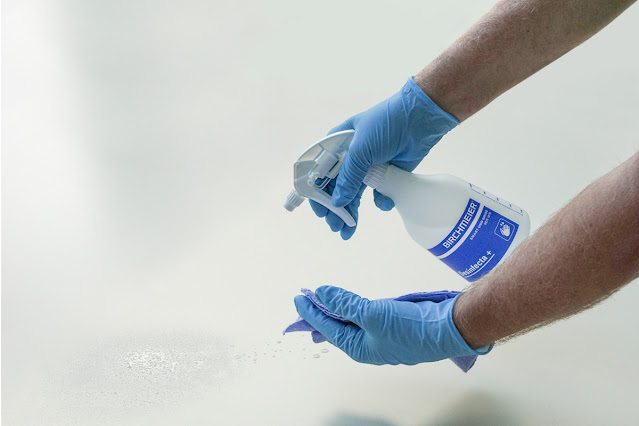A Disinfectants is a Chemical Substance or Compound used to Inactivate
Bacteria and other microbes are
present in almost every area on the earth. You might be shocked to find that
there are more than 600,000 germs on one square inch of human skin1. Most
bacteria are safe for humans to handle. However, pathogens, or the organisms
that cause disease, can be harmful or even fatal. COVID-19, brought on by the
SARS-CoV-2 virus, is one of the most infectious and hazardous diseases in
recent memory.
It is essential to regularly use
the appropriate disinfectants on surfaces throughout your facility to help stop
the spread of illnesses and diseases including COVID, influenza (flu), and the
common cold. Since there are numerous varieties of disinfectants
available, it's critical to comprehend how they operate, as well as their
benefits and drawbacks, in order to make an educated choice regarding how to
effectively disinfect and safeguard the users of your institution.
Disinfectants are chemical
substances used on inanimate things to eradicate any bacteria, viruses, fungi,
mould, or mildew that may be present. Disinfectant formulations must, by
definition, be registered with the Environmental Protection Agency (EPA). Pathogens
are killed by the "active component" in each disinfectants
formulation, usually by disrupting or harming their cells. Usually, substances
with different functions assist active compounds. Surfactants, for instance,
can be added to a disinfectant formula to help with cleaning or to create
uniform wetting on a surface.




Comments
Post a Comment